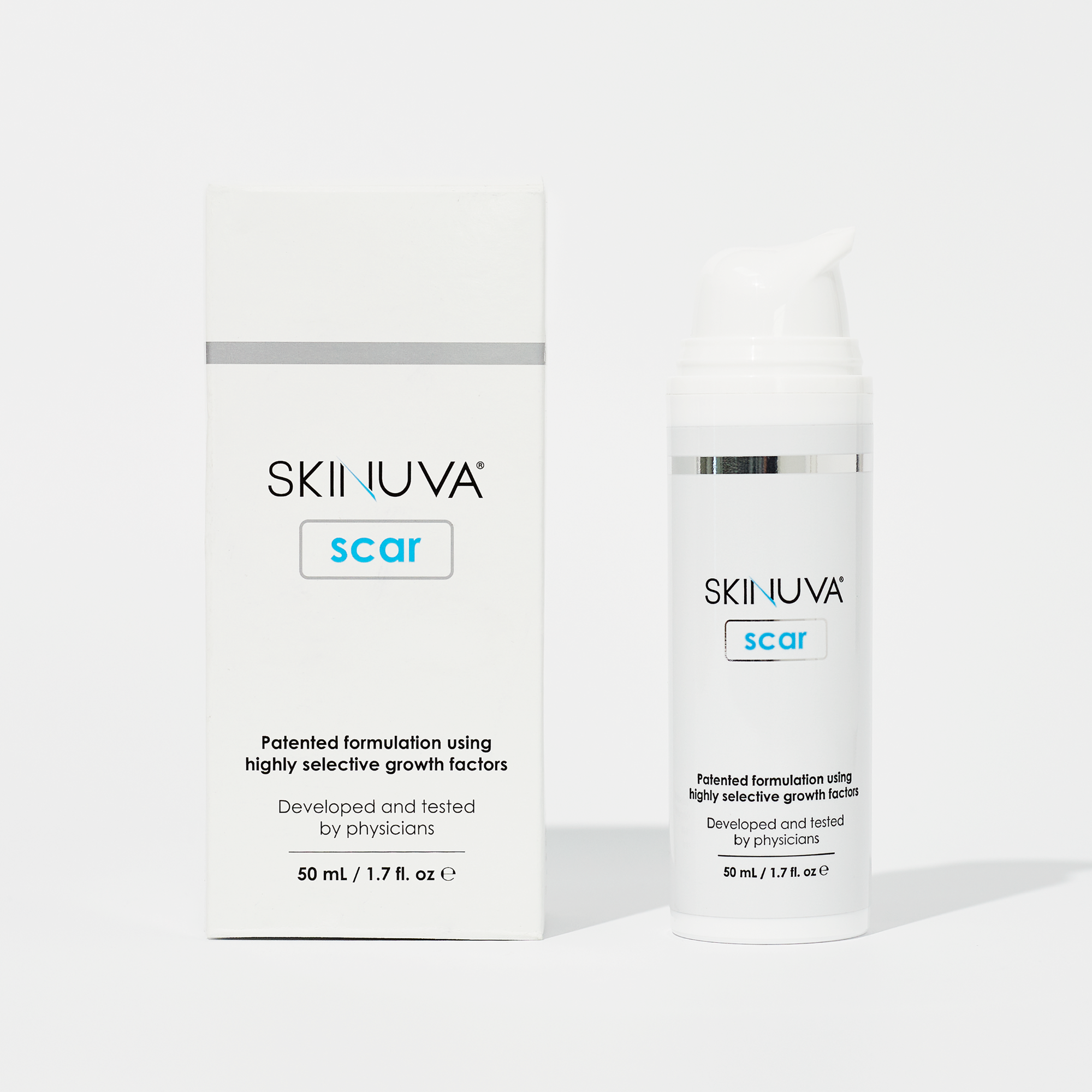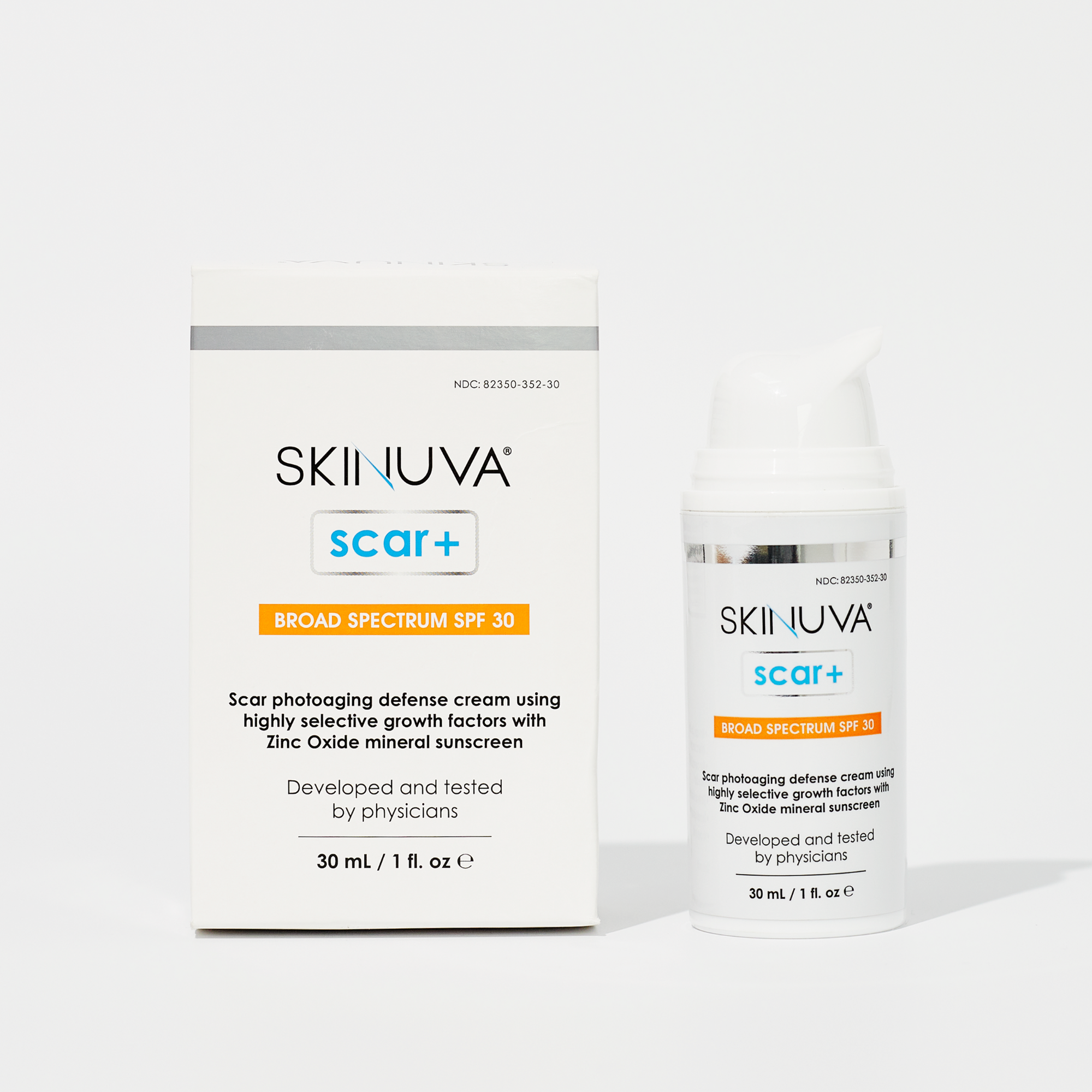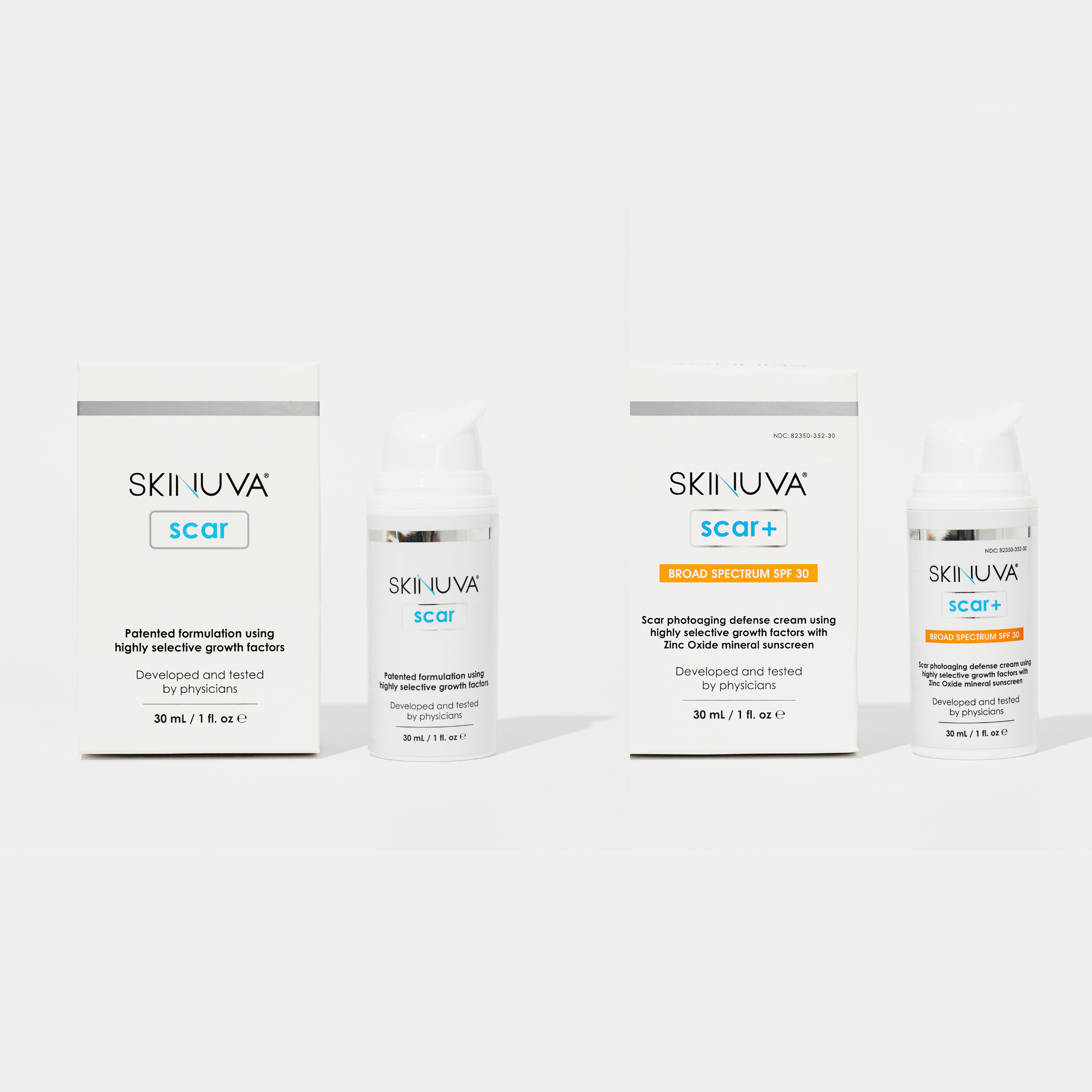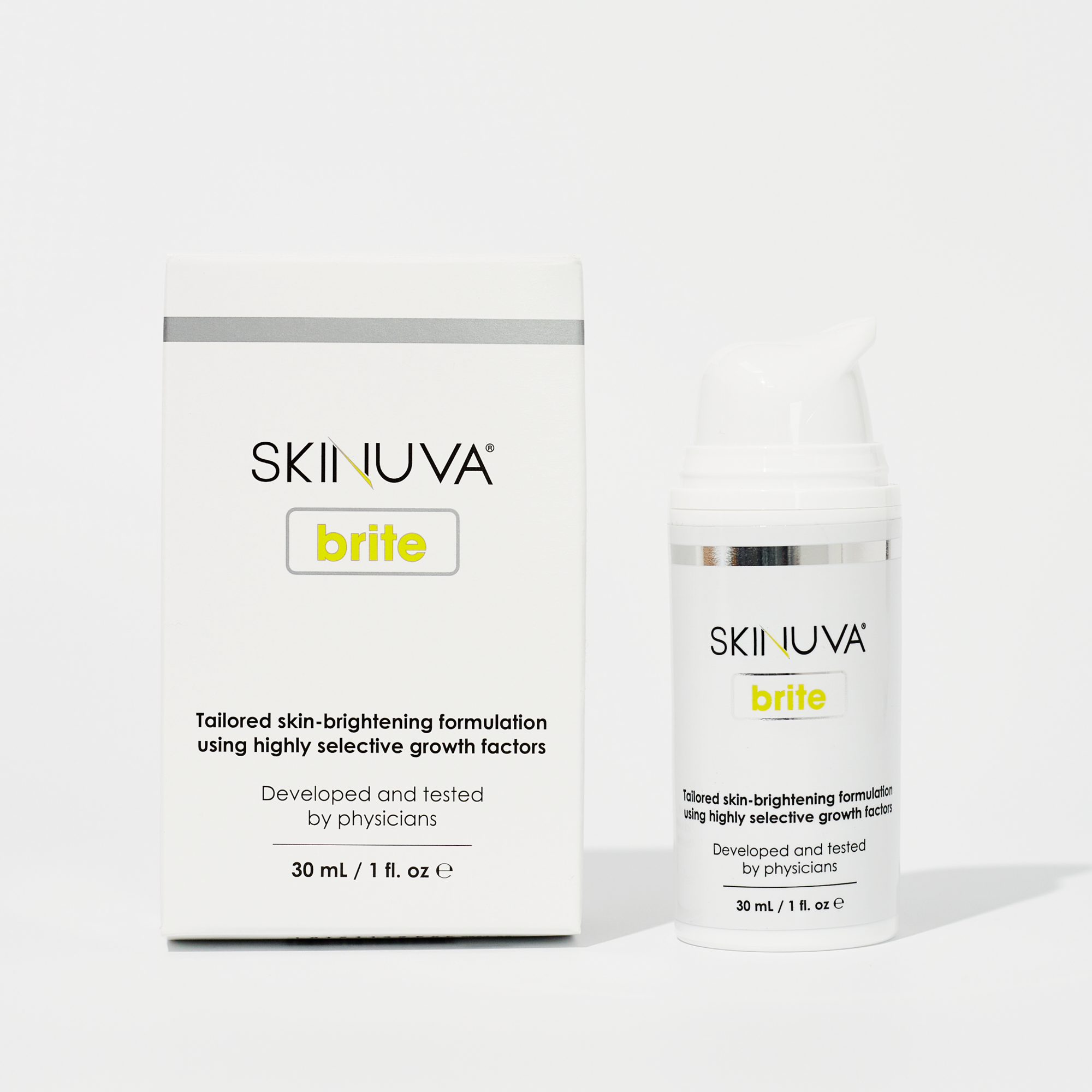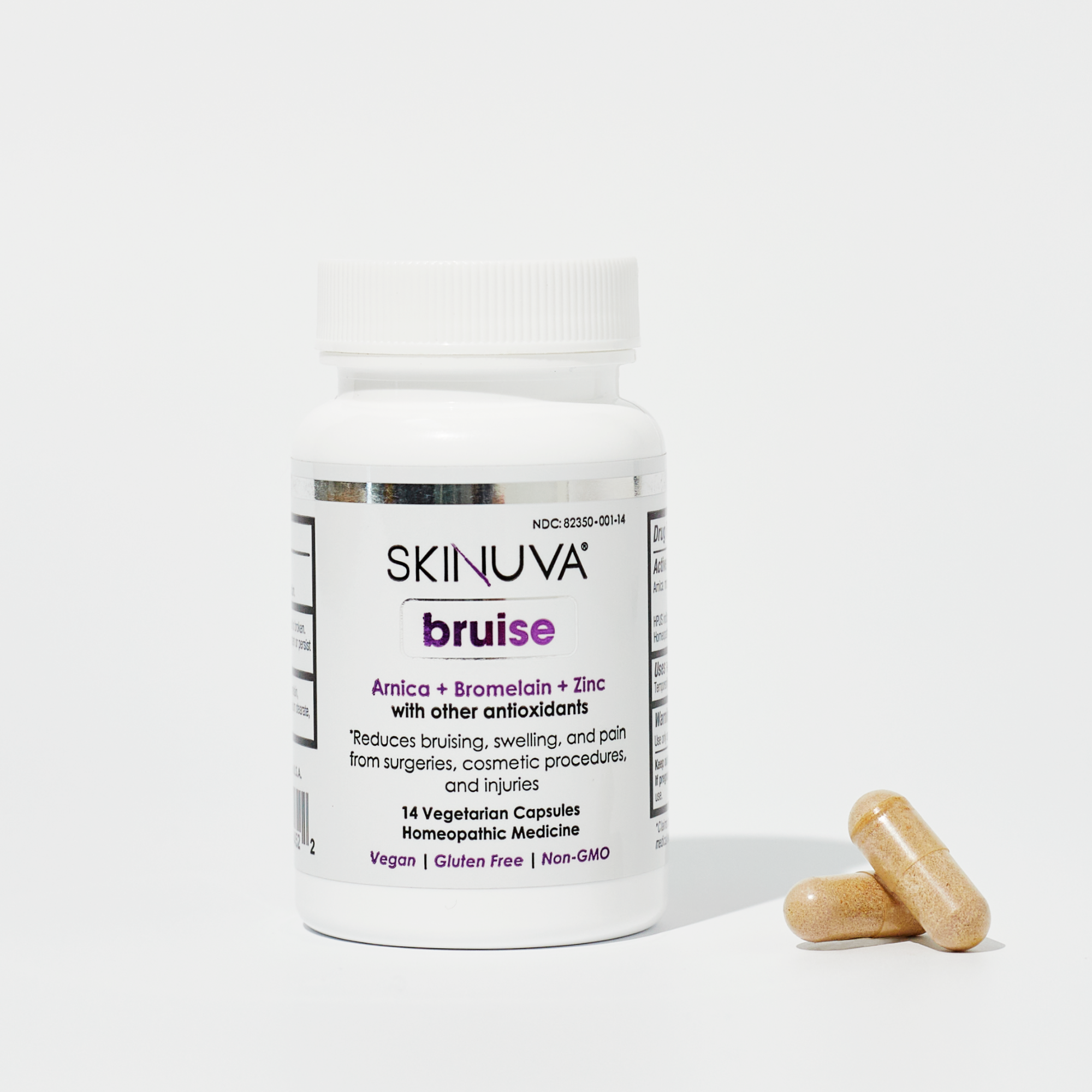Melanoma Awareness Month: A Time to Prioritize Skin Health
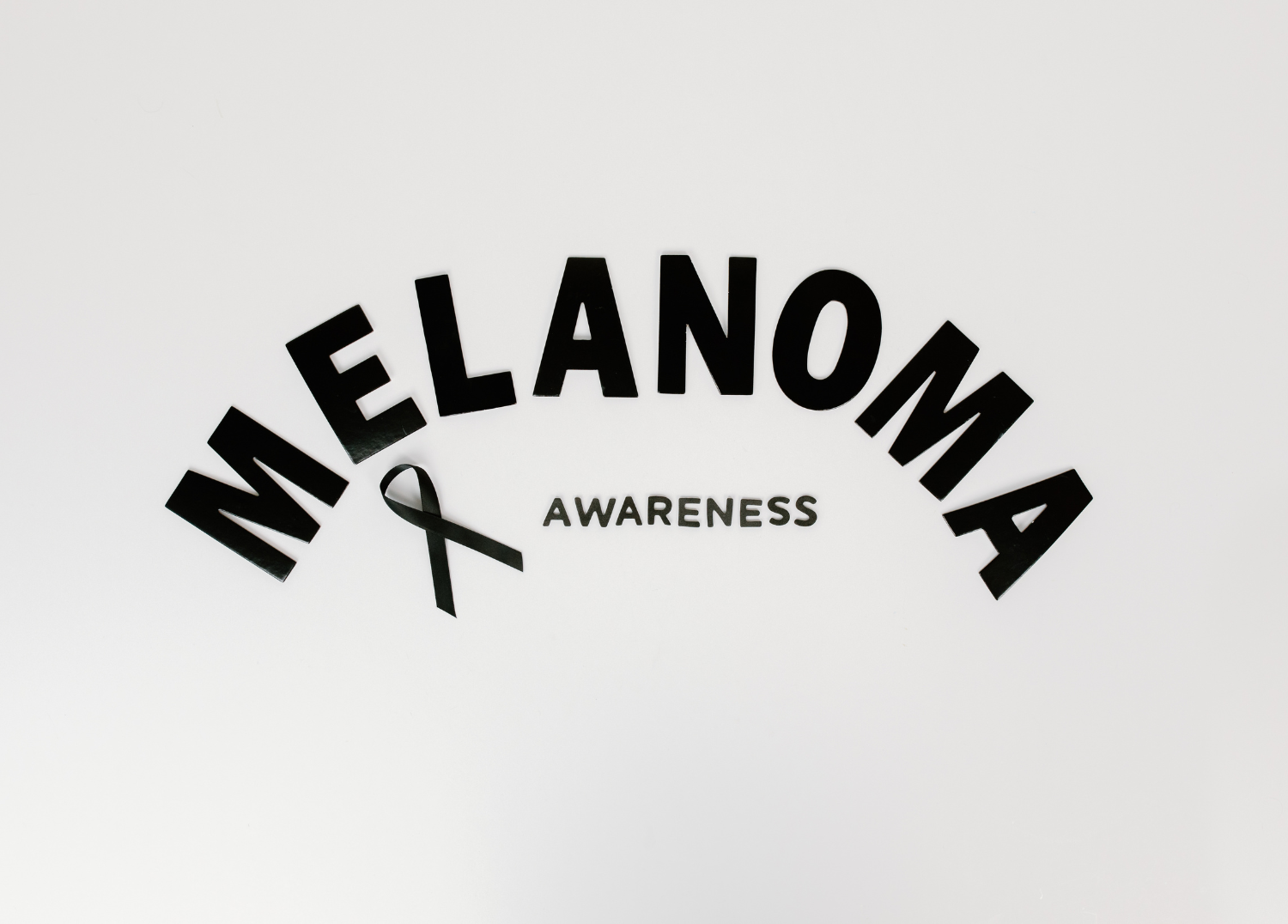
As May rolls in and summer approaches, it’s the perfect time to spotlight Melanoma Awareness Month—a reminder for all of us to stay informed about skin cancer and take proactive steps to protect our skin. While sun safety should be a year-round habit, longer days and stronger UV rays call for even greater vigilance.
In this post, we’ll take a closer look at how common skin cancer really is, the key risk factors behind it, and simple but effective ways to protect yourself.
Understanding Skin Cancer and Its Risk Factors
Skin cancer is the most frequently diagnosed cancer in the U.S., with melanoma being the most dangerous form. It develops when melanocytes—the skin cells responsible for producing pigment—turn cancerous. While sun exposure is a major contributor, melanoma can also form in areas that rarely see the sun.
Here are some of the most significant risk factors:
-
UV Exposure: Spending extended time in the sun or using tanning beds significantly raises your risk. UV rays can damage DNA in skin cells, triggering mutations that may lead to melanoma.
-
Skin Type: People with fair skin, blonde or red hair, and light eyes are generally more sensitive to UV radiation. They burn more easily, and repeated sunburns can increase the risk of skin cancer over time.
-
Family History: If you have a close relative who has had melanoma or another form of skin cancer, your own risk may be higher. Inherited genetic mutations can also play a role in skin cancer development.
Early Detection and Prevention Go Hand in Hand
Early detection is crucial. Performing monthly self-checks and scheduling annual dermatologist visits can make a big difference. Be on the lookout for changes in moles—especially in shape, color, size, or texture—and get anything unusual checked out.
Preventive care is just as vital. Here are a few essential habits to protect your skin:
-
Stay out of the sun during peak hours (typically 10 a.m. to 4 p.m.).
-
Wear sun-protective clothing, including wide-brimmed hats and UV-blocking sunglasses.
-
Use broad-spectrum sunscreen with an SPF of 30 or higher, and reapply every two hours—or more often if you’re swimming or sweating.
-
Avoid tanning beds, which expose you to concentrated UV radiation and significantly increase your risk of developing skin cancer.
Caring for Your Skin After Skin Cancer Surgery with Skinuva Scar+ SPF
For those who’ve undergone skin cancer surgery, healing goes beyond removal—it’s also about restoring and protecting the skin. That’s where Skinuva Scar+ SPF comes in.
Skinuva Scar+ SPF is a physician-developed scar cream that not only helps improve the appearance of scars with clinically studied ingredients, but also includes broad-spectrum SPF 30 to protect against harmful UV rays. This dual-action formula is especially important for post-surgical scars, which are often more vulnerable to discoloration and sun damage during the healing process.
By combining advanced scar-healing technology with effective sun protection, Skinuva Scar+ SPF offers a smart solution for supporting your skin’s recovery while helping to prevent future UV-induced damage.
With summer just around the corner we’re all looking forward to more time in the sun, but don't forget that caring for our skin is essential. By educating ourselves about melanoma, practicing sun safety, and using products like Skinuva Scar+ SPF, we can protect our skin now and in the future.

